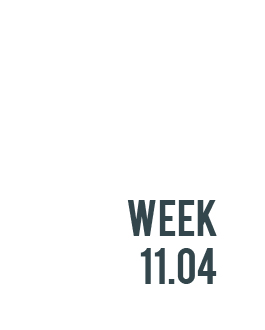
Here’s what the sports science team at IMeasureU is reading this week:
This first study of this weeks articles of the week comes from Jurdan Mendiguchia and colleagues in the PLoS One open access journal. With detabe raging in the industry around the best ways to mitigate hamstring injury risk, this article is a must read. The purpose of this study was to compare the effects of hamstring eccentric (NHE) strength training versus sprint training programmed as complements to regular soccer practice, on sprint performance and its mechanical underpinnings, as well as biceps femoris long head (BFlh) architecture. The results suggest that sprint training was superior to NHE in order to increase BFlh fascicle length although only the sprint training was able to both provide a preventive stimulus (increase fascicle length) and at the same time improve both sprint performance and mechanics.
The second article in this weeks list comes from JB Morin and colleagues in the Journal of Strength & Conditioning Research. Another area that is spoken about a lot is resisted sprint training and how to maximise its effectiveness. The aim of this study was to test individual adaptation kinetics to a high-resistance sprint training program designed to improve maximal horizontal power (Pmax), and compare the group and individual results of a classical “pre-post” analysis, and a “pre-peak” approach. The authors concluded that after a 10-week high-resistance sprint training block, a classical 1-week-PRE to 1-week-POST assessment could not capture peak adaptation, which differed among athletes. It was then suggested that adopting a similar approach in practice or research should improve insight into the true effects of training stimuli on athletic capabilities.
The final article comes from Kevin Shattock and Jason Tee in the Journal of Strength & Conditioning Research. As practitioners see the benefits of individualising resistance training, autoregulation of various kinds is often how they go about that. The aim of this research was to compare the efficacy of 2 approaches; rating of perceived exertion and barbell velocity, in improving sport-specific physical performance measures. The authors concluded that objective autoregulation programming (barbell velocity) resulted in larger improvements in CMJ, squat performance, and bench press performance. This is vital for strength and conditioning professionals to know so they can maximise their athletes resistance training programmes.
For more sports science check out our blog for in-depth case studies and industry updates. Also, be sure to sign up for our newsletter below so you are always up to date with the latest research.




